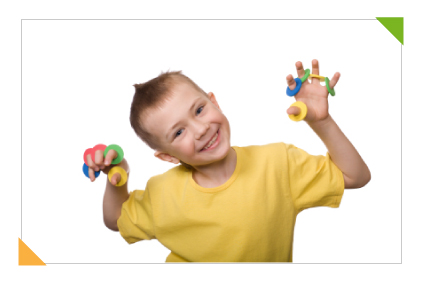Articles by Kim Hughes:
Reclaiming Kindergarten: Questions about Theory and Practice
Early Childhood Education Journal, 2011 (with Dominic Gullo)
Reclaiming Kindergarten: Questions about Policy
Early Childhood Education Journal, 2011 (with Dominic Gullo)
Joyful Learning and Assessment in Kindergarten
Young Children magazine, NAEYC (with Dominic Gullo)
Interviews with Kim (podcasts):
Get Your Kids Ready for Kindergarten
By Sarah Lindenfeld Hall for WRAL, Raleigh-Durham
Catching Up with Kim Hughes
By Bill Poston for Wake County Public School System
Articles quoting Kim:
Ready for Kindergarten?
By Ellen H. Parlapiano for Scholastic
Ready for Preschool? How to Choose a High-Quality Program
By Susan Phillips for Connect for Kids
In Kindergarten, Playtime
is Over
By Susan Ohanian, author of 'What Happened to Recess & Why Are Our Children Struggling in Kindergarten?' (book)
